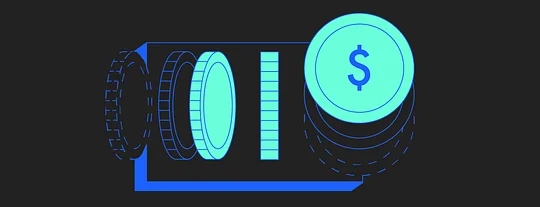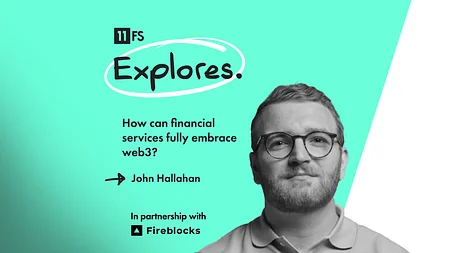Is the CBDC hype legit?

11:FS went to New York Fintech Week! We had some amazing chats, met some amazing people and even paid a visit to Katz’s Deli (amazing) when we weren’t busy hosting talks and recording podcasts on central bank digital currencies (CBDCs).
The fruits of our labour will be with you in a couple of short days. In the meantime, here’s an article unpacking CBDCs to keep you ticking over.
CBD-what now?
When President Biden put pen to paper on a “digital assets” executive order earlier this year, it capped off a wild ride for CBDCs - from subreddit fodder to the Oval Office in just a few years.
But what exactly are they? Well, perhaps it’s useful to start with the economist definition. There are two forms of central bank currency in circulation today - central bank reserves (digital, electronic, only accessible to banks) and cash (accessible to consumers and businesses, distributed by banks, “rules everything around” Wu-Tang Clan). You’d be forgiven, then, for thinking that CBDCs were a third form of central bank money that is both digital and accessible to businesses and consumers.
So: digital cash. But there’s a problem with that definition. Namely, it isn’t correct. What’s more accurate is to think of CBDCs as digital tokens, issued by a central bank, welded to the value of that country’s fiat currency. They’re not a million miles away from cryptocurrency.
What’s more accurate is to think of CBDCs as digital tokens, issued by a central bank, welded to the value of that country’s fiat currency.
I know what you’re thinking - Gus, how are CBDCs different to other forms of digital money?
Well, for a start there’s no central authority quite like a central bank. And there’s no business like show business, but that’s by the by. Central banks have unlimited power to print more cash. In the US, CBDCs are also the only digital currency to sit on the federal reserve’s ledger. They’re one-for-one with the US dollar. Stablecoins are also anchored (in some cases) to the USD, but their risk profile and volatility is much higher.
I’m gonna go out on a limb here. If I asked you: ‘should there be a type of money that is digital, programmable, composable and serves as a developer platform for people to build on top of?’, you’d say yes, right?
Of course you would. Who wouldn’t? Well, we’re beginning to see that in the private sector with Stablecoins. Which begs the question - what role, if any, should a central bank play in this relationship?
The waters get a bit murkier when you think about something like a synthetic CBDC (sCBDC - not a drug, I promise). In this setup, the digital money in question has the full backing of ‘riskless central bank money’.
And does a Stablecoin backed by a central bank reserve a CBDC make? Much to think about.
So… what are the benefits?
There’s a lot of ‘em. CBDCs have the potential for cheaper, faster and safer payments - including cross-border payments. They’re a window to innovation and financial inclusion, which continues to elude more than a billion adults worldwide.
CBDCs have the potential for cheaper, faster and safer payments - including cross-border payments.
A recent white paper from the Federal Reserve Bank of Boston and Massachusetts Institute of Technology indicated that a CBDC could be engineered to settle an ‘extremely high volume of transactions in a very short amount of time’. Which means that, theoretically at least, they can be scaled.
And like cash, a US CBDC would be a direct liability of the Federal Reserve, allowing households and businesses to access digital money unhaunted by the spectres of credit and liquidity risk.
What comes next?
China is making Olympic-sized strides towards their own CBDC, and if a recent Bank of America paper is to be believed then the US won’t sit around twiddling its collective thumbs.
It’s early days and there are a lot of questions still to be answered, but all signs point towards a CBDC future.
And you can keep abreast of all the latest happenings in this fascinating space with our Blockchain Insider podcast. It’s got great hosts, even better guests and more content than you can shake a stick at. What’s not to love?



